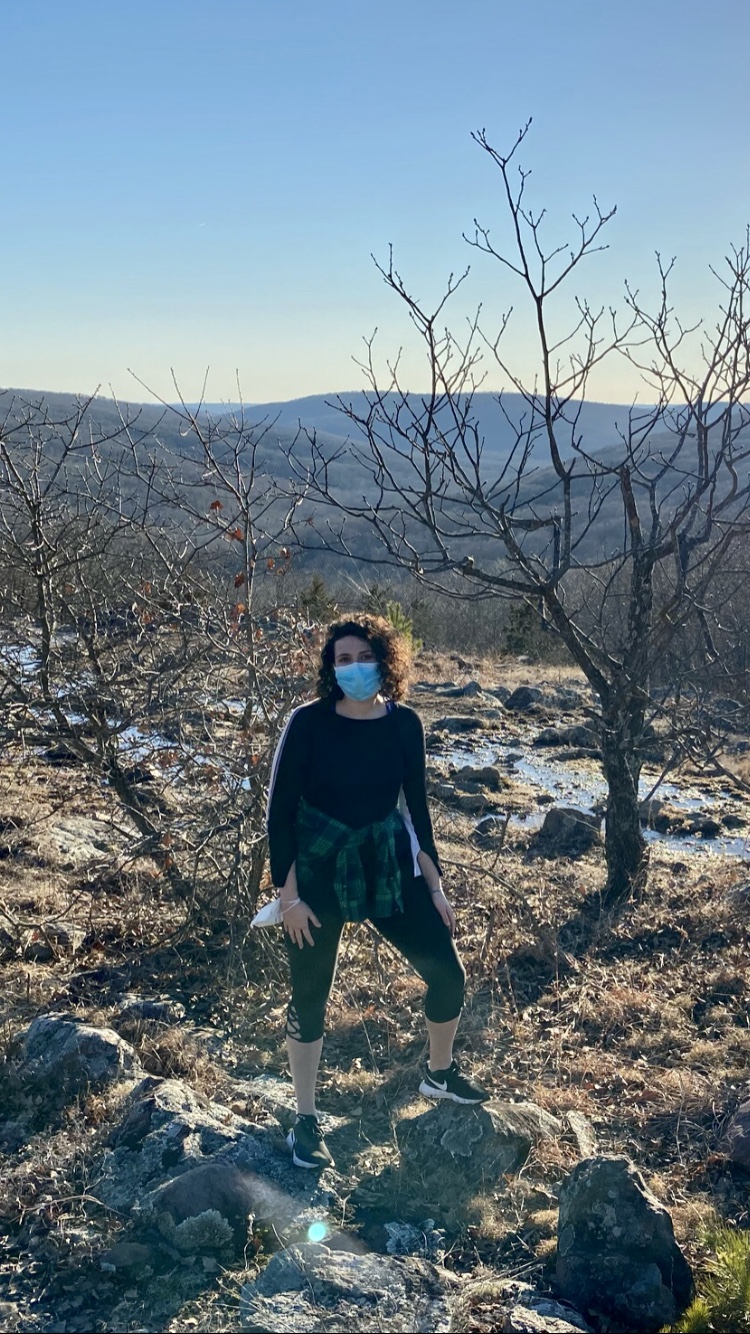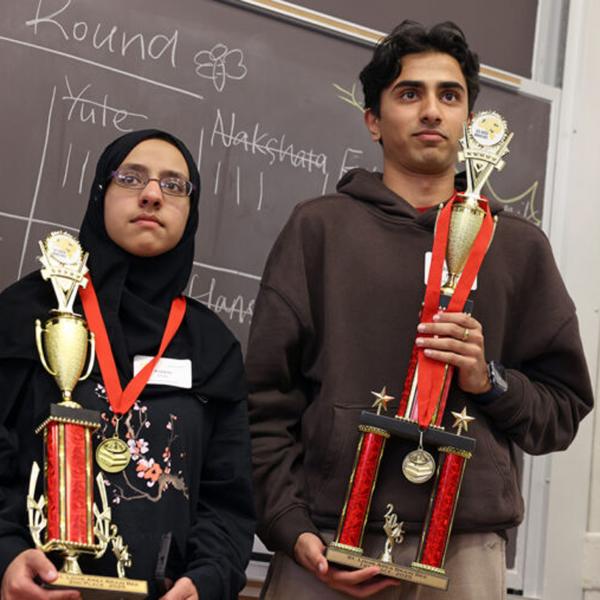Many labs and research opportunities closed in March 2020 due to the COVID-19 pandemic, just as my research in plant disease ecology was beginning. In January 2020, I began research in the Penczykowski lab to study effects of temperature on fungal infection of common weedy plants in the genus Plantago.
I spent the first weeks of the semester learning skills and techniques that I would need in the lab-based data collection that would begin after spring break. Things went a little differently than planned. During spring break when all university activities were moved online, my in-person research plans were no longer feasible. For the rest of the semester, I gained a deeper understanding of the plant-fungus model system by reading literature and participating in lab meeting discussions, but it was difficult to feel like I was contributing to science in my work.
Over the summer, I was thrilled to get back into the field as a Tyson Research Center Undergraduate Fellow. Although the Tyson Undergraduate Fellows program shifted to an all-remote format, our Plant Disease Team was able to ask research questions that could be answered through safe, solo field surveys of plant populations in our own neighborhoods. With so many restrictions placed on other areas of life and research, I was thankful that my research mentor, Dr. Penczykowski, found a way for our team to continue to collect samples and propose new and interesting research questions about the ecology of plant diseases in urban ecosystems.
As a member of the Plant Disease Team, I conducted daily surveys of Plantago species in the neighborhoods around my apartment in University City, MO. In these surveys, we recorded the presence or absence of powdery mildew fungal infection, herbivory, and mowing damage on Plantago leaves. In addition, we noted whether the plants were growing in direct sunlight or in the shade, and whether they were flowering or not. I am currently analyzing these data to investigate how plant interactions with herbivores and fungal pathogens vary with habitat features (i.e., shading from trees) and human disturbance (i.e., lawn mowing) in cities. Studying anthropogenic influences on the spread of plant disease aligns well with my interest in One Health, an approach highlighting the interconnectedness of human health, animal health, and shared environmental health. (https://www.cdc.gov/onehealth/basics/index.html).






